Refine search
Actions for selected content:
5486 results in Thermal-fluids engineering
17 - Mechanical Regulation of Stem Cells
-
-
- Book:
- Cellular Mechanotransduction
- Published online:
- 05 July 2014
- Print publication:
- 23 November 2009, pp 403-416
-
- Chapter
- Export citation
6 - Role of Ion Channels in Cellular Mechanotransduction – Lessons from the Vascular Endothelium
-
-
- Book:
- Cellular Mechanotransduction
- Published online:
- 05 July 2014
- Print publication:
- 23 November 2009, pp 161-180
-
- Chapter
- Export citation
5 - Cellular Mechanotransduction: Interactions with the Extracellular Matrix
-
-
- Book:
- Cellular Mechanotransduction
- Published online:
- 05 July 2014
- Print publication:
- 23 November 2009, pp 120-160
-
- Chapter
- Export citation
15 - The Interaction between Fluid-Wall Shear Stress and Solid Circumferential Strain Affects Endothelial Cell Mechanobiology
-
-
- Book:
- Cellular Mechanotransduction
- Published online:
- 05 July 2014
- Print publication:
- 23 November 2009, pp 360-376
-
- Chapter
- Export citation
9 - Nuclear Mechanics and Mechanotransduction
-
-
- Book:
- Cellular Mechanotransduction
- Published online:
- 05 July 2014
- Print publication:
- 23 November 2009, pp 220-233
-
- Chapter
- Export citation

An Introduction to Granular Flow
-
- Published online:
- 19 November 2009
- Print publication:
- 28 April 2008

Principles of Space Instrument Design
-
- Published online:
- 12 November 2009
- Print publication:
- 28 June 1998

Airplane Stability and Control
- A History of the Technologies that Made Aviation Possible
-
- Published online:
- 09 November 2009
- Print publication:
- 23 September 2002

Aircraft Noise
-
- Published online:
- 06 November 2009
- Print publication:
- 25 August 1989

Vortex Element Methods for Fluid Dynamic Analysis of Engineering Systems
-
- Published online:
- 05 November 2009
- Print publication:
- 07 March 1991
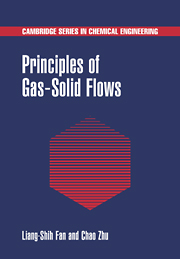
Principles of Gas-Solid Flows
-
- Published online:
- 27 October 2009
- Print publication:
- 13 January 1998

Analyses for Durability and System Design Lifetime
- A Multidisciplinary Approach
-
- Published online:
- 25 October 2009
- Print publication:
- 10 December 2007

Mechanical Efficiency of Heat Engines
-
- Published online:
- 15 October 2009
- Print publication:
- 13 August 2007
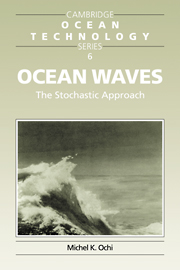
Ocean Waves
- The Stochastic Approach
-
- Published online:
- 15 October 2009
- Print publication:
- 28 March 1998
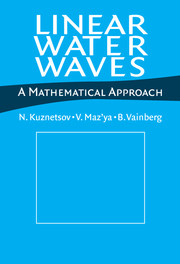
Linear Water Waves
- A Mathematical Approach
-
- Published online:
- 14 October 2009
- Print publication:
- 11 July 2002
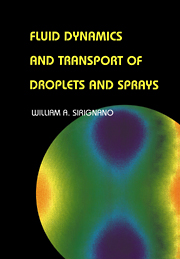
Fluid Dynamics and Transport of Droplets and Sprays
-
- Published online:
- 13 October 2009
- Print publication:
- 28 July 1999
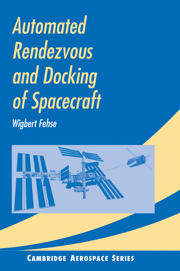
Automated Rendezvous and Docking of Spacecraft
-
- Published online:
- 13 October 2009
- Print publication:
- 13 November 2003
11 - Wave-Induced Motions of Floating Bodies
-
- Book:
- Ocean Engineering Mechanics
- Published online:
- 05 June 2012
- Print publication:
- 12 October 2009, pp 376-452
-
- Chapter
- Export citation
5 - Random Seas
-
- Book:
- Ocean Engineering Mechanics
- Published online:
- 05 June 2012
- Print publication:
- 12 October 2009, pp 113-160
-
- Chapter
- Export citation
Notation
-
- Book:
- Ocean Engineering Mechanics
- Published online:
- 05 June 2012
- Print publication:
- 12 October 2009, pp xix-xxxviii
-
- Chapter
- Export citation
